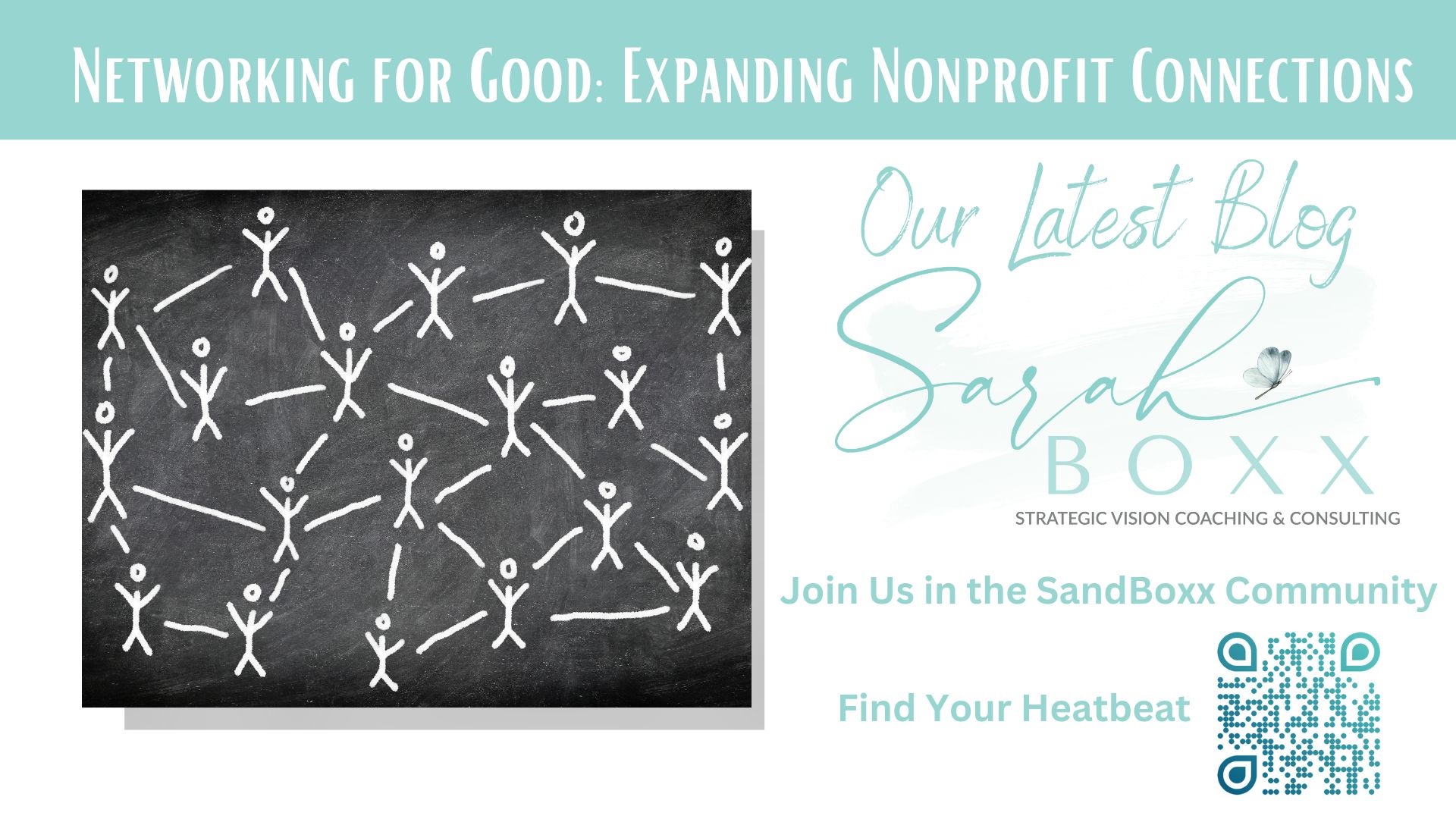When it comes to creating a strategic plan for business, there are certain key elements that have to be included. As discussed in my post, Strategic Planning: The Why, The Who, The When, a good plan addresses the 4 T’s: Time, Talent, Technology, and Treasure. These are the keys to creating a truly successful strategic plan.
However, in your preparing for your first strategic planning collaborative meeting, it’s important to consider not just the logistics and details that need to be discussed (the 4 T’s referenced above) but how are you going to fully engage your participants in the planning process?
Collaborative planning is helpful, because it combines the strengths and ideas of a group to create something far greater and stronger than any one person could create on their own.
However, in order to tap into the enormous skill and creative energy of the group, the participants need to be actively involved in the planning process. This means conducting your meeting in a way that encourages participation and collaboration.
You may be thinking, “Well of course I want each member to participate! That’s the whole point!”
However, achieving true collaboration isn’t as simple as it sounds. You might be surprised how easy it is to run a meeting that turns into a top-down lecture in which participants sit back, listen, and, if you’re lucky, might take some notes.
Planning meetings require, well, more planning. Before the meeting even begins, it’s important to consider what content you need to discuss and how that information is going to be presented. The time you take to prepare for your meetings will ensure that the time you spend working collaboratively will be well spent.
Tips For Running A Truly Collaborative Meeting:
- Present Information In Multiple Ways
As previously stated, the beauty of a collaborative group is that you have many minds with different strengths coming together to create something bigger and better than any one person could on their own. However, when you have many minds in a room, you need to account for the differences in learning style and information processing.
As you prepare content for your meeting, it’s important to present information in a variety of formats to allow each person the ability to fully access and synthesize the information in their own way.
For example, if you are going to use presentation slides, include both words and images. If you are presenting information orally, providing a written handout with space for participants to take notes.
- Prepare Discussion Questions
Nothing kills productivity like not knowing what you need to discuss. Before the meeting begins, take some time and list the questions you want answered through the planning process. What do you want your participants to discuss?
It’s helpful to provide these questions to your members ahead of time (at least a few days in advance) to give them plenty of time to brainstorm and come prepared with thoughts and ideas to share.
- Utilize Breakout Sessions
If you’ve ever been in a large group planning meeting in which every person is given the opportunity to share their own thoughts and ideas surrounding each issue, you know what a long and laborious process this can be.
In order to better utilize your meeting time while still capitalizing on the individual thoughts and ideas of each participant, form small discussion groups for open sharing.
For example, if one of your agenda points is to create a plan for marketing, divide the larger group into smaller groups of 2-4 participants. In each smaller group, individuals will have the opportunity to share their ideas and create a plan to present to the larger group.
When small group planning is complete, the ideas created in a smaller setting can be shared and discussed in detail with the large group. This greatly reduces the time required for each person’s thoughts and ideas to be discussed.
If you’re getting ready to begin the strategic planning process, take some time to prepare for your collaborative meetings and consider using these strategies to increase the effectiveness of your planning time. To see a visual breakdown of the whole planning process, click HERE for your FREE INFOGRAPHIC!



